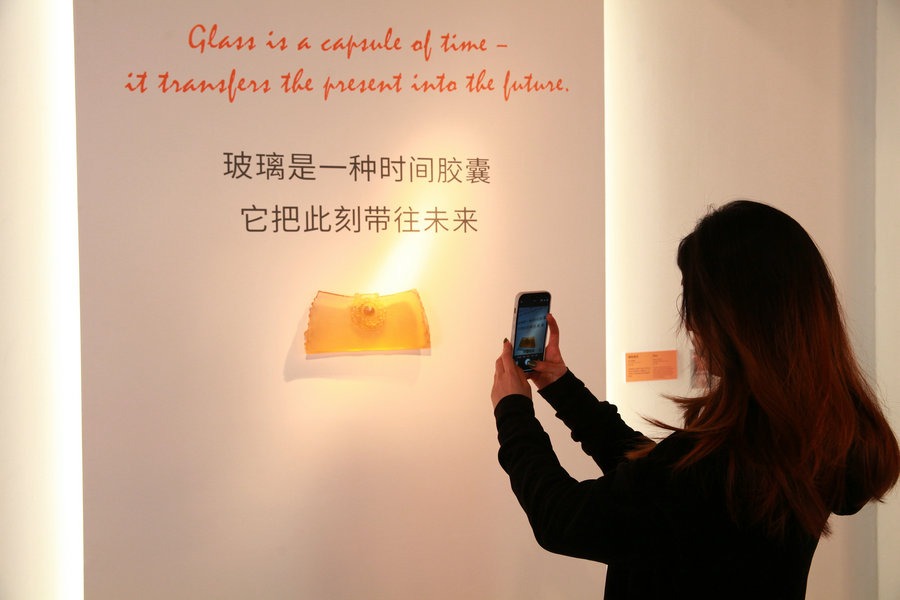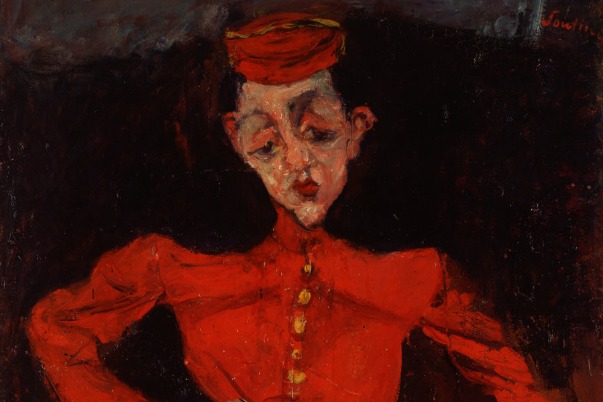Scents & sensibility


Two millennia on, Emperor Qianlong (1711-99) of Qing, China's last feudal dynasty, turned to ancient bronze wares in his effort to revive an aesthetic he considered classically Chinese. The emperor, a diehard jade lover, commissioned numerous pieces of green jade carvings, all meticulously rendered as patinaed bronze wares. (Jade was once an important commodity on the Silk Road, so famous that some scholars have suggested renaming the Silk Road the Jade Road.)
Other things that gradually spread from the west to ancient China included the cultivation of wheat and the raising of goats and horses. All that happened roughly along the Silk Road, but before its inauguration.
Rong Xinjiang, of the History Department of Peking University, whose research into the ancient Silk Road started in the mid-1990s, believes that there were also many cases of parallel development, along a route that enabled and expedited exchanges.





































